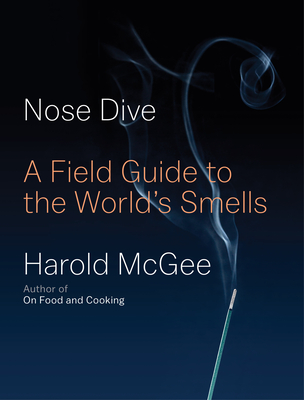What do you think?
Rate this book


688 pages, Hardcover
First published October 15, 2020
[The archangel Raphael] now is comeand a diagram of the metabolic processes and associated smells of land plants on another:
Into the blissful field, through Groves of Myrrh,
And flowering Odours, Cassia, Nard, and Balm;
A Wilderness of sweets; for Nature here
Wantoned as in her prime, and played at will
Her Virgin Fancies, pouring forth more sweet,
Wild above Rule or Art; enormous bliss.
Him, through the spicy Forest onward come,
Adam discerned, as in the door he sat
Of his cool Bower.
